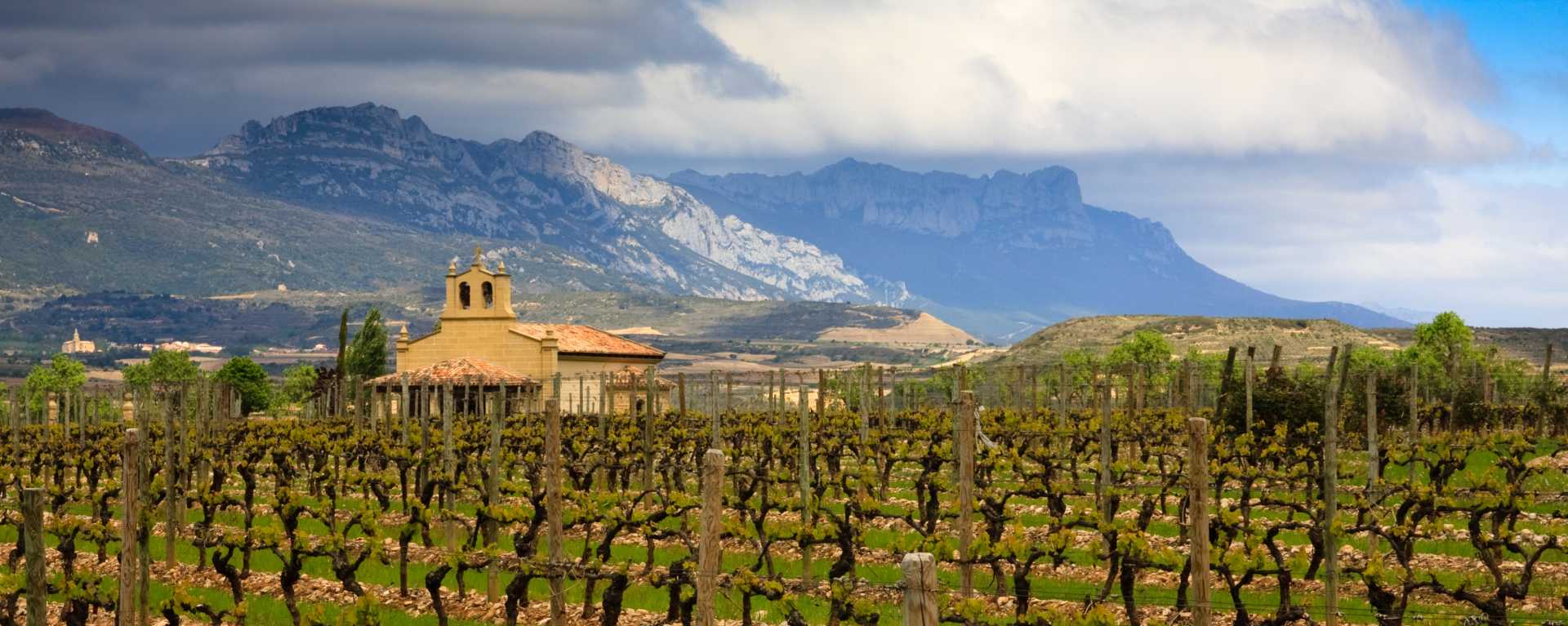Terroir Al Limit Dits del Terra 2018
-
Robert
Parker -
James
Suckling



Product Details
Your Rating
Somm Note
Winemaker Notes
Dits del Terra gets its name from the gnarled, nearly 85-year-old vines of Carinyena that look like ancient fingers clawing into the schist soils of this site near the village of Torroja. This is one of the first vineyards that Dominik and his then partner, Eben Sadie, acquired when they started making wine together in the Priorat. Being south-facing, it is also fascinating to taste it alongside L’Arbossar, its nearby, north-facing twin.
Professional Ratings
-
Robert Parker's Wine Advocate
The south-facing Cariñena vineyard used for the 2018 Dits del Terra is worked biodynamically and is in the process of being certified organic. The grapes fermented in concrete with indigenous yeasts, and the wine matured in 50% oak foudre and 50% in concrete. The 2019 will be 100% concrete. You can immediately notice the cooler year and the longer ripening cycle here compared with the 2017; there is more depth here, and the quality of the tannins is completely different and provide for a more elegant mouthfeel. The oak is neatly integrated and folded into the structure of the wine. It comes through as medium-bodied, powerful and elegant. It should develop nicely in bottle.
-
James Suckling
Beautiful aromas of crushed berries and orange peel with peaches and nectarines. It’s full-bodied and layered with dark berries and citrus fruit. Some stone and tar, to. Flavorful finish. Drink now or hold.
Other Vintages
2021-
Robert
Parker -
James
Suckling
-
James
Suckling -
Robert
Parker
-
James
Suckling -
Robert
Parker
-
Robert
Parker


Responsible for some of the most stunning old vine red wine on the planet, Carignan has an amazing capacity to survive dry, arid climates and still produce lovely, mouthwatering wine. In Spain it goes by the name of Mazuelo or Cariñena and while it may have originated there in the province of Aragón, its popularity lies elsewhere, particularly in Languedoc-Roussillon. Somm Secret—Historically Carignan did not enjoy the respect that it does today. In the mid 20th century, Carignan covered nearly 140,000 ha in Algeria, where it was made into low quality bulk and blending wine to supply mass-market demand.

Tiny and entirely composed of craggy, jagged and deeply terraced vineyards, Priorat is a Catalan wine-producing region that was virtually abandoned until the early 1990s. This Spanish wine's renaissance came with the arrival of one man, René Barbier, who recognized the region’s forgotten potential. He banded with five friends to create five “Clos” in the village of Gratallops. Their aim was to revive some of Priorat’s ancient Carignan vines, as well as plant new—mainly French—varieties. These winemakers were technically skilled, well-trained and locally inspired; not surprisingly their results were a far cry from the few rustic and overly fermented wines already produced.
This movement escalated Priorat’s popularity for a few reasons. Its new wines were modern and made with well-recognized varieties, namely old Carignan and Grenache blended with Syrah, Cabernet Sauvignon and Merlot. When the demand arrived, scarcity commanded higher prices and as the region discovered its new acclaim, investors came running from near and far. Within ten years, the area under vine practically doubled.
Priorat’s steep slopes of licorella (brown and black slate) and quartzite soils, protection from the cold winds of the Siera de Monstant and a lack of water, leading to incredibly low vine yields, all work together to make the region’s wines unique. While similar blends could and are produced elsewhere, the mineral essence and unprecedented concentration of a Priorat wine is unmistakable.